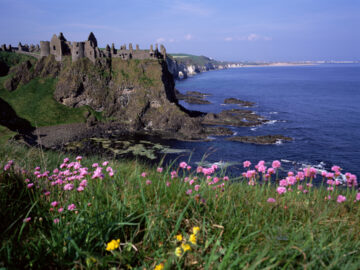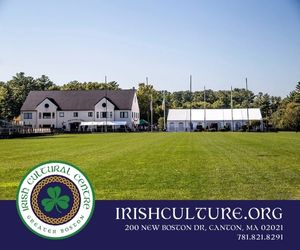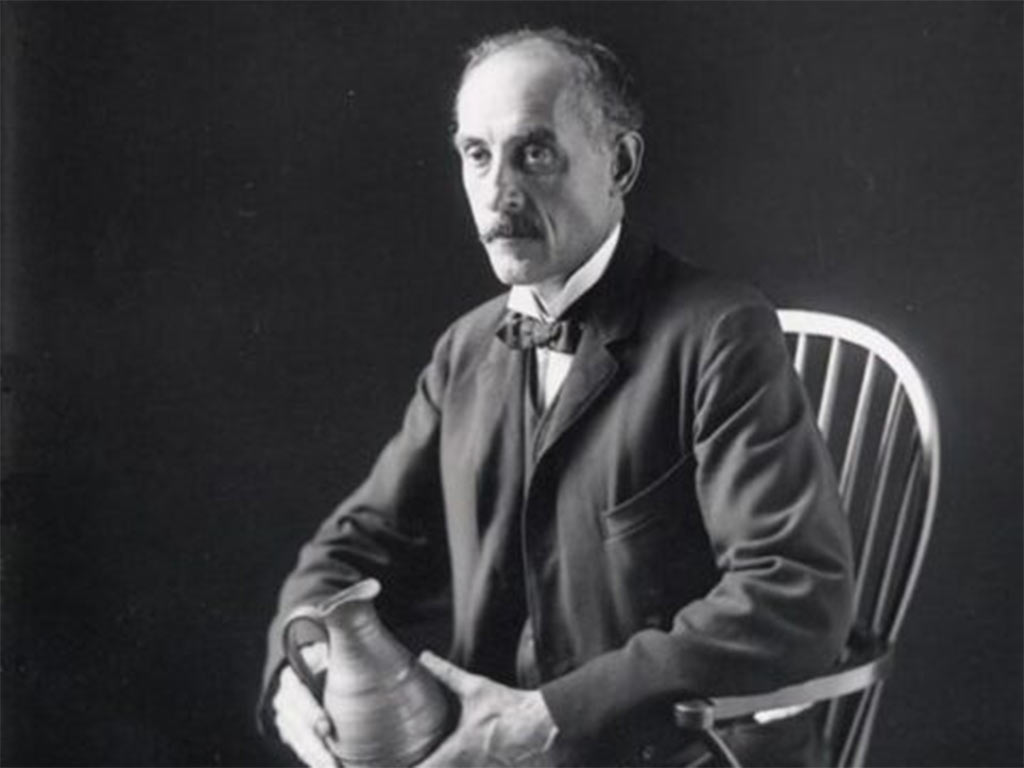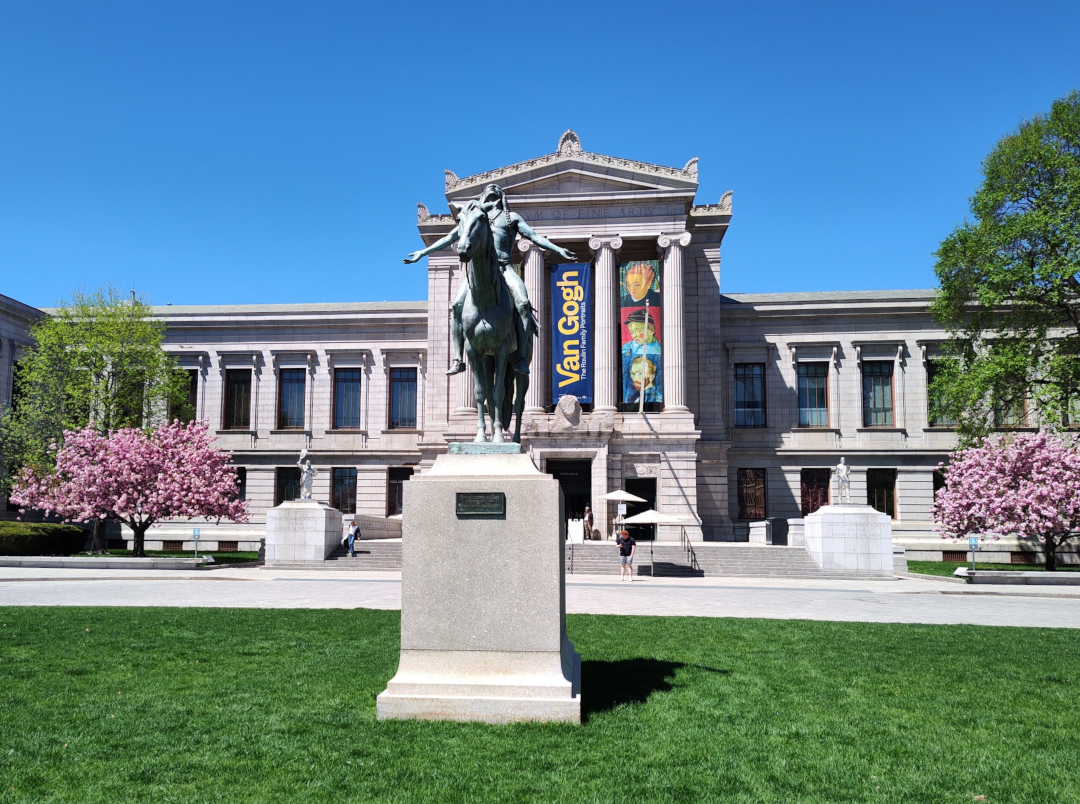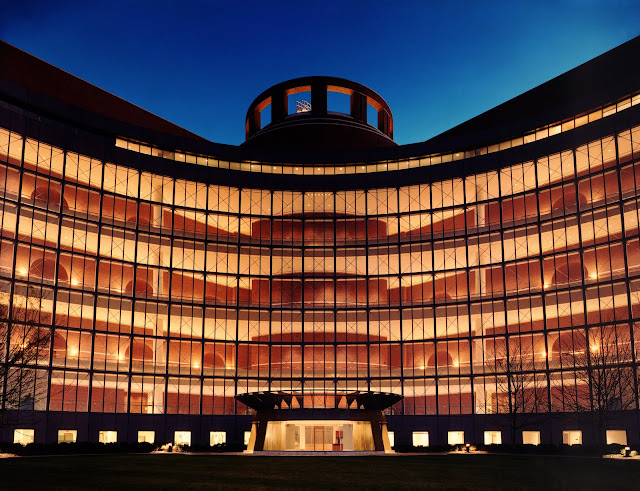Why Boston Celebrates March 17 as Evacuation Day and St. Patrick’s Day Dates Back to the 18th Century


March 17 is a big day in Boston, Massachusetts, and has been ceremoniously observed, commemorated and celebrated going back to the 18th century. It is commonly recognized as Evacuation Day and St. Patrick’s Day, two occasions that have been entwined in Boston going back centuries.
Evacuation Day
March 17, 1776 is the date when British troops finally fled Boston Harbor, after being forced out by colonial forces aiming cannons at their fleet from Dorchester Heights in South Boston. It was a turning point in the struggle and was a major boost to the colonial forces trying defeat the British. Their departure ended the British Siege of Boston.
Indeed, a few months later, on July 2, Congress voted to declare independence, and on July 4, 1776, voted to adopt the Declaration of Independence.
The British presence in Boston began in October, 1768, when 4,000 British troops arrived in Boston after local citizens objected to a series of British taxes on the residents. Their presence led to a number of physical confrontations, starting with the Boston Massacre on March 5, 1770, when five Bostonians – including Irishman Patrick Carr – were shot dead by British soldiers.
The tension escalated and came to a head in April 1775 during the Battles of Lexington and Concord, followed in June 1775 by the Battle of Machias in Maine and the Battle of Bunker Hill in Charlestown.
But the Evacuation Day build-up in the winter of 1776 was something special. Major General Henry Knox, whose parents came from Ireland, hatched a plan to force the British out of Boston. The 25 year old Bostonian suggested to General George Washington that the colonial troops retrieve the cannons that had been captured at Fort Ticonderoga in New York, and drag them 300 miles to Boston. The plan was to position the cannons atop Dorchester Heights in South Boston and aim them at the British fleet in Boston Harbor.
Knox set off with a group of men and captured 59 cannons in December and dragged them across the frozen landscape of western Massachusetts, finally arriving in Cambridge on January 24 to deliver them to General Washington.
Meanwhile in Boston, Dubliner James Boies set up the fortification on Dorchester Heights. George Washington appointed General John Sullivan to be officer of the day. The password to get to Dorchester Heights that day was Boston, and the countersign St. Patrick.
When they realized they were outmaneuvered, the British had no choice but to evacuate Boston.
Over the ensuing decades New England’s Irish and Scots-Irish communities always took pride in their role their ancestors played during the Revolutionary Role, especially at Bunker Hill and Dorchester Heights.
The Dorchester Heights Memorial at G Street in South Boston was dedicated in 1902 and is managed by the National Park Service. A Plaque at the entrance reads;
“As the final act of an eleven month siege, the Continental Army occupied these heights and forced the evacuation of British troops from Boston on March 17, 1776 – General George Washington’s first victory in the American Revolution.”
St. Patrick’s Day
Ireland’s national holiday, and feast day of its Patron Saint, has been celebrated in Ireland for centuries, and around the world, given the Irish Diaspora.
In Boston, the marking of St.Patrick’s Day dates back to March 17, 1737, when a group of local Irish merchants formed the Charitable Irish Society to raise funds for Irish immigrants down on their luck, for “the relief of poor, aged and infirm persons, such as have been reduced by sickness, shipwreck and other Accidental misfortunes.”
Historical records indicate that after the Society was formed the group on the morning of March 17, the 26 Ulstermen who signed the covenant proceeded to proudly march up Tremont Street, from King’s Chapel to Granary Burying Ground.
The fact that so many 1776 participants were Irish made it easy to combine Evacuation Day and St. Patrick’s Day. In the 19th century, starting around 1862, the parade started and ended at Boston Common, proceeding through every single Boston neighborhood as well as crossing the bridge to East Cambridge and back to the Common.
Then in March, 1901, the parade moved to South Boston, where it has been held ever since. Read about the history of the Southie parade here. The parade is celebrated annually on the Sunday preceding March 17.
Whatever your reasons for celebrating, enjoy Evacuation Day and St. Patrick’s Day in Boston!
For more about Boston Irish history, visit IrishHeritageTrail.com. For year-round information on the Irish-American cultural community, go to irishboston.org
Enjoy articles like this?
Join our mailing list and have the latest sent to your inbox.




